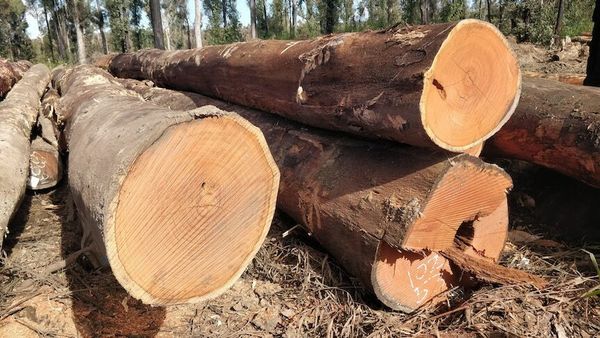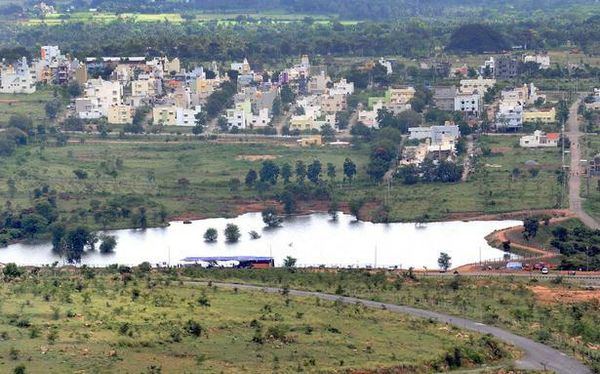
For more than 25 years, the Québec Ministry of Forests, Wildlife and Parks has had a very effective tool to make its forest industry more competitive than other provinces.
Québec has not implemented a single forest road management plan since the mid-1990s. This has allowed the government and the forest companies operating in the province’s public forests to save money, but it has put nearby aquatic environments, including lakes, rivers and streams — and the animals that live there and rely on them — at risk.
Only in Québec does it appear to be a legal and common practice to abandon logging roads once they are no longer needed. This can lead to road erosion and leaching of culvert backfill, both of which pose a direct threat to water quality. These failures gradually lead to tonnes of sediment being deposited in aquatic environments.
As a researcher studying forest hydrology at Université Laval, I have broad and deep knowledge of the Québec forestry sector, including its scientific, technical and operational aspects, as well as legislative and political issues. I have witnessed over and over again, the powerlessness of those worried about water issues associated with forestry, and I hope that discussing these issues might change things.
Lost road passages
Canada’s vast boreal forest and the huge volumes of wood found there are located on public land. The timber, wildlife, plants, landscapes and water found there belong to the citizens of each province.
They are managed by the provincial governments through laws and regulations, but also through the collection of royalties charged to companies that exploit these resources and transform them into useful products, such as renewable building materials, paper and cardboard and bioenergy.
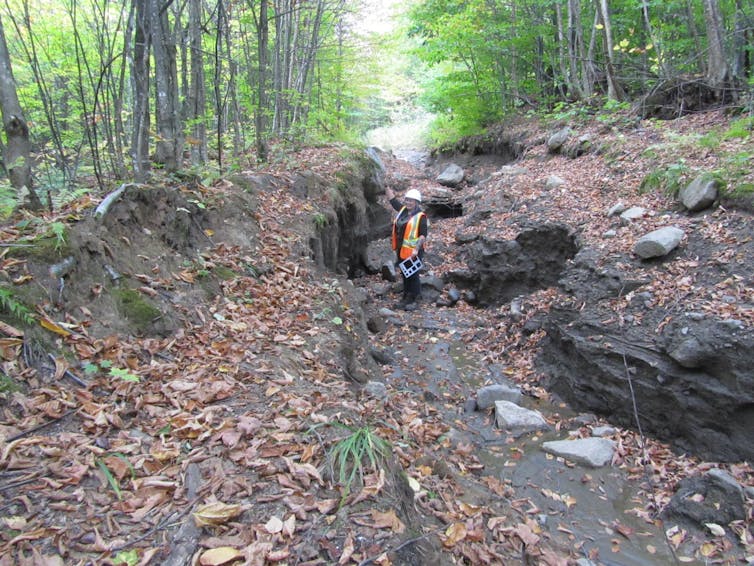
Harvesting these resources in remote areas and transporting them to processing plants requires a huge network of roads adapted to this task. These logging roads, built quickly with excavators and bulldozers, using soil, gravel and stones found on site or nearby, rely on culverts — structures that channel water beneath the roads — to cross the countless waterways that cover the territory.
A very small proportion of these roads are wide, well-gravelled and maintained to allow safe and fast travel. These roads are used as the main framework for access to the territory and its resources. However, the vast majority of public logging roads are used intensively for very short periods ranging from a few months to a decade.
The sound management of a logging road network should take this important characteristic into account. Logging roads throughout Canada are administered through management plans, except in Québec, where they do not exist. These plans govern construction of the main road network, as well as the maintenance, decommissioning and closure of logging roads over the short-, medium- and long-term.
Significant damage to aquatic environments
For several decades the Québec ministry responsible for forests has applied a strong, robust regulatory framework to the construction of logging roads in the province’s public forests. Built almost exclusively for the purpose of extracting wood, more than 476,000 kilometres of roads — equivalent to circling the Earth 12 times — have been heavily subsidized by the Québec government in recent decades.
From a legal perspective, these roads become public as soon as they are built, they are accessible to all users and for all possible uses. Yet in complete contradiction to the strict regulations applied during construction, there are, for all practical purposes, no regulations that apply to the maintenance of these logging roads. The forestry regime currently in place places no responsibility on the forest industry to maintain or close these roads when their forestry operations have been completed.
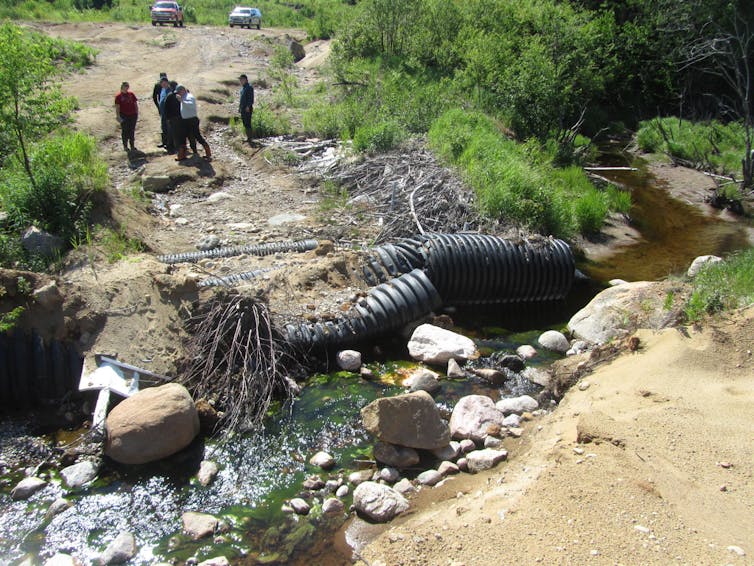
The Québec government has long hoped that these secondary users, mainly hunters, fishers and vacationers, would maintain this extensive network of roads, but has never devoted any real effort to supervising or co-ordinating the venture.
Less than 25 per cent of these roads are maintained in the years following timber extraction. And nearly 35 per cent of all public logging roads were simply abandoned for decades without being decommissioned, closed or maintained.
Yet the science is unequivocal: poorly maintained road structures pose significant threats to aquatic environments. They result in massive sediment input, damage to aquatic habitats, impediments to the free movement of fish and, of course, constraints on access to land and resources.
Elsewhere in Canada, substantial and recurring amounts of money have been invested each year, for decades, to maintain, decommission or close thousands of kilometres of logging roads. In the meantime, Québec has invested little while allowing these structures to slowly deteriorate.
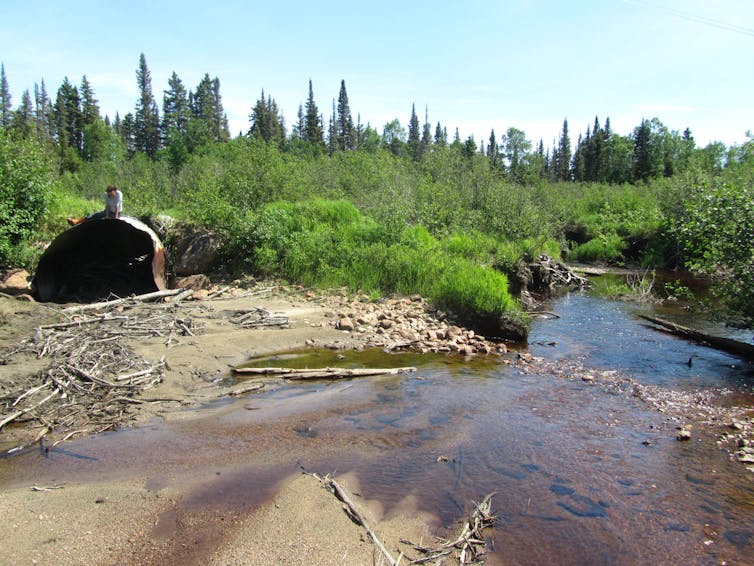
Québec is not playing by the rules
Québec’s Office of the Chief Forester denounced this deplorable situation in 2010 in its Sustainable Forest Management Report. However, when the Sustainable Forest Development Act of 2013 came into force, the chief forester of Québec was stripped of its role in assessing sustainable forest management. Since then, the chief forester no longer has the tools or independence to be able to evaluate water conservation issues that result from Québec’s lack of a logging road management plan.
Unfortunately, wood from Québec’s public forests has not been harvested according to the rules of the game, to which all other Canadian provinces have committed. Until the Québec government accepts responsibility for its abandoned logging roads, allows an independent assessment of water conservation criteria to be conducted and puts in place a real policy for the management of logging roads, this situation will only get worse.
Water is an invaluable resource. It is time for the authorities who are supposed to ensure its protection, such as forest certification agencies and federal and provincial environment ministries, to take action in Québec’s public forests.
Sylvain Jutras is a member of the Ordre des ingénieurs forestiers du Québec since 2000. He is a regular member of the Centre d'étude de la forêt (CEF) and the Centre québécois de recherche sur l'eau (CentrEau). He has received multiple funding from several provincial (MFFP, MELCC) and federal (ECCC, NSERC) ministries over the past years.
This article was originally published on The Conversation. Read the original article.






